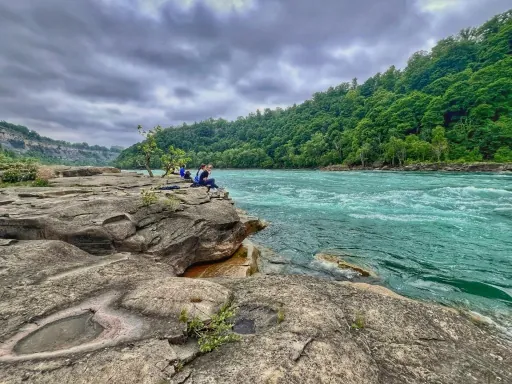
Western New York: A Climate Change Classroom for Future Scientists
2025-09-15
Author: Benjamin
In an exciting initiative this summer, Western New York transformed into a vibrant learning laboratory as undergraduate students from various universities explored climate change and extreme weather through hands-on research.
Under the guidance of esteemed researchers from the University at Buffalo (UB), 15 passionate students dedicated 10 weeks to tackle pressing climate issues impacting the Great Lakes region. Sophie Nowicki, a distinguished professor in Earth Sciences, praised the exceptional quality of their work, reflecting both their talent and the invaluable mentorship they received.
Engaging Local Secrets of Climate Change
Projects centered on the unique atmospheric conditions of the area. For instance, Embry-Riddle Aeronautical University's Camryn Nelson analyzed Lake Erie’s ice cover to uncover how its fluctuations contributed to the ferocious snowstorms, including the infamous blizzard of 2022 that buried Buffalo.
Another notable project involved UB environmental geosciences major Grace Maxson, who investigated the sediment layers of Red Pond, a glacial kettle lake. By examining these ancient sediments, she uncovered clues about climate conditions from over 12,000 years ago, potentially shedding light on today's climate crises.
Meanwhile, Baylor University’s Emily DeMieri digitized historical topographic maps to trace shoreline erosion rates at Sturgeon Point. Her findings revealed alarming evidence of erosion near the marina, amplifying concerns about coastal stability in the face of climate change.
Global Insights with Local Impact
Not all projects focused solely on local phenomena. UB student Ben Raimondo contributed to the Ice Sheet Model Intercomparison Project, an international study predicting ice loss and rising sea levels.
Raimondo emphasized the interconnected nature of global climate systems, noting that even data about Greenland’s ice is relevant to New York's coastal communities facing similar threats.
University at Albany’s Sage Keidel brought a unique approach to her research by tapping into social media to track dust storms worldwide. By compiling geotagged data, she crafted a comprehensive map of dust events, showcasing her innovative use of technology in climate science.
Building Future Scientists
Throughout their research journey, students honed essential skills such as data management and effective communication. They were also trained to present their findings professionally and supported in attending conferences to share their work.
Excited about disseminating his research, Raimondo plans to present at the upcoming American Geophysical Union meeting, showcasing how local studies can contribute to the broader understanding of climate issues.
This dynamic program, supported by the National Science Foundation and SUNY Chancellor’s Summer Research Excellence Fund, not only fosters academic growth but also cultivates a deeper commitment to tackling climate change among the next generation of scientists.

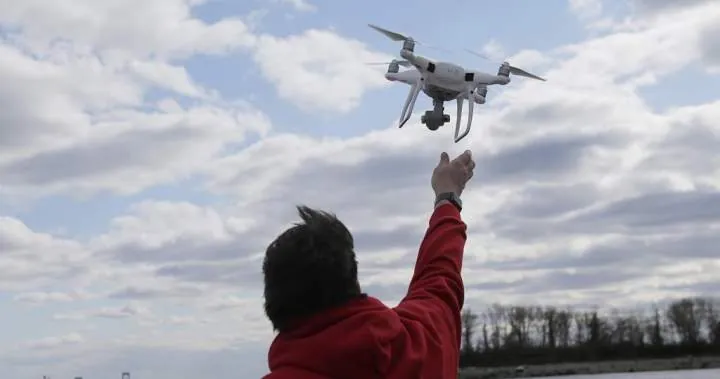


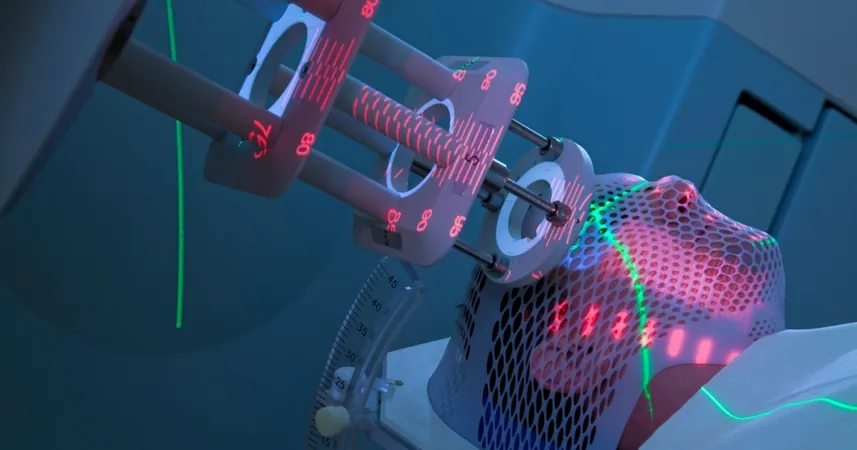
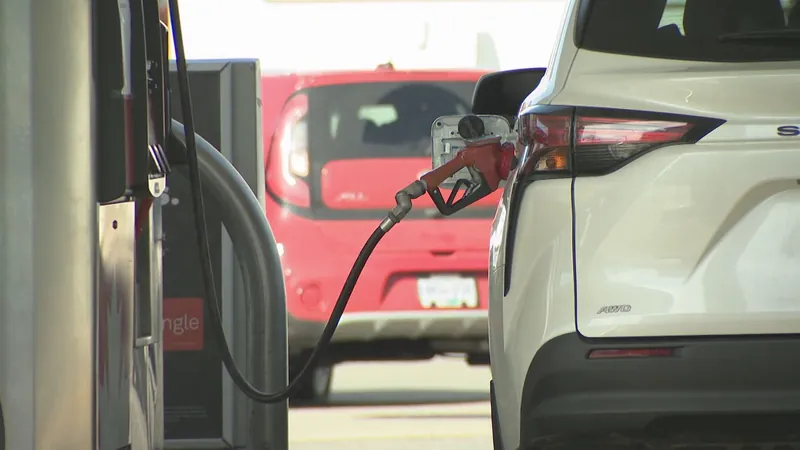
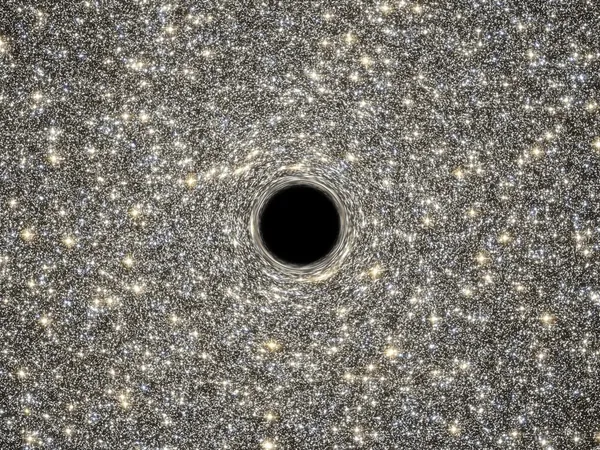


 Brasil (PT)
Brasil (PT)
 Canada (EN)
Canada (EN)
 Chile (ES)
Chile (ES)
 Česko (CS)
Česko (CS)
 대한민국 (KO)
대한민국 (KO)
 España (ES)
España (ES)
 France (FR)
France (FR)
 Hong Kong (EN)
Hong Kong (EN)
 Italia (IT)
Italia (IT)
 日本 (JA)
日本 (JA)
 Magyarország (HU)
Magyarország (HU)
 Norge (NO)
Norge (NO)
 Polska (PL)
Polska (PL)
 Schweiz (DE)
Schweiz (DE)
 Singapore (EN)
Singapore (EN)
 Sverige (SV)
Sverige (SV)
 Suomi (FI)
Suomi (FI)
 Türkiye (TR)
Türkiye (TR)
 الإمارات العربية المتحدة (AR)
الإمارات العربية المتحدة (AR)